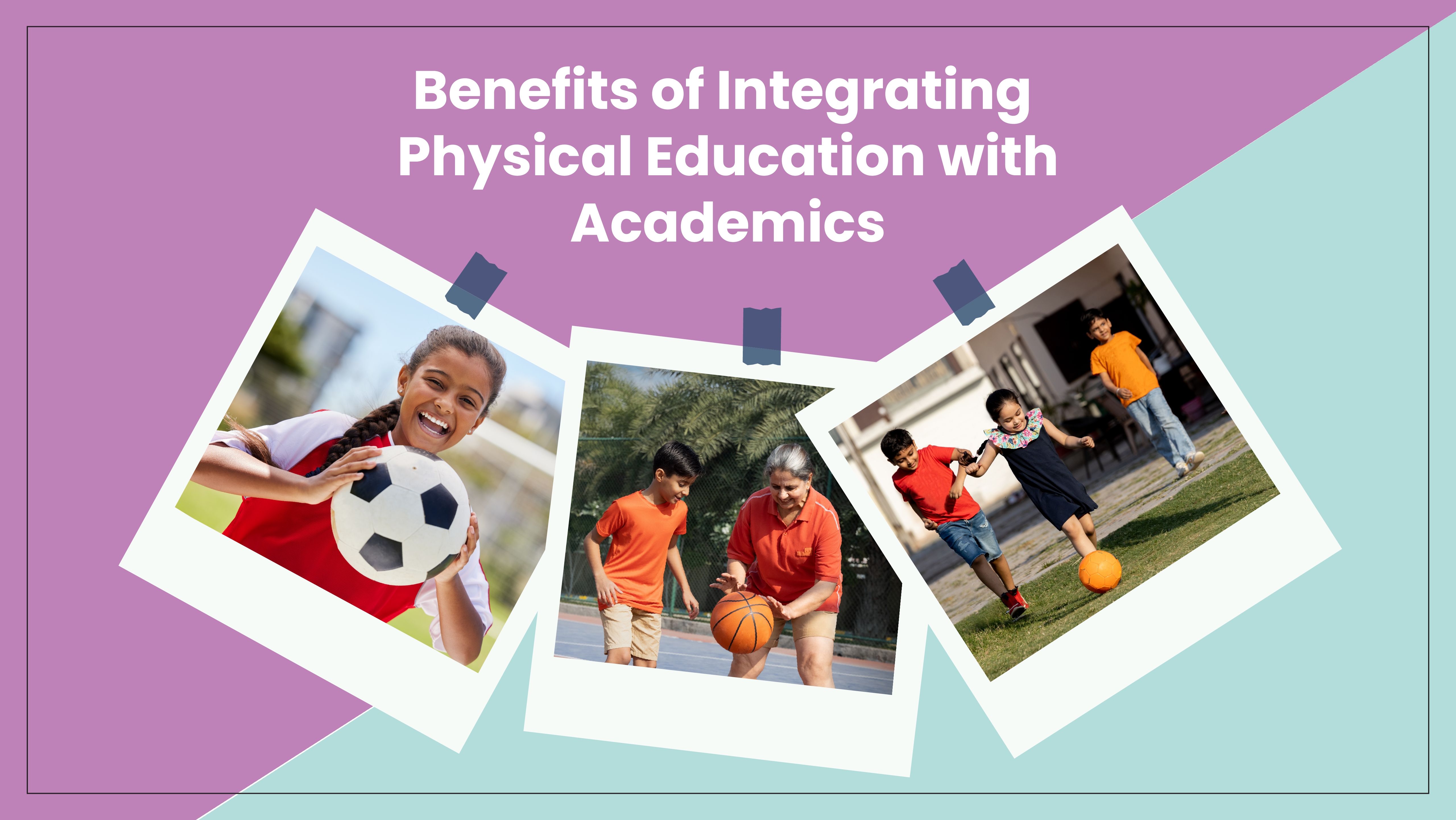The integration of physical education and academics is increasingly recognised as essential for the overall development of students. While traditional education has focused on academic achievement, there’s a growing awareness of the academic benefits of physical activity. This approach nurtures both mind and body, leading to well-rounded individuals who excel in various aspects of life.
The Link Between Physical Education and Academics
Research indicates that students engaged in regular physical activity tend to perform better academically. The connection between physical education and academics is clear: physical exercise stimulates brain function, improves concentration, and enhances memory retention. Schools that prioritise physical education often see improvements in student focus and behaviour, which translate to better academic results.
Moreover, physical education provides a necessary break from classroom learning, allowing students to relieve stress and re-energise. This makes them more attentive and engaged during lessons, promoting a productive learning environment.
Benefits of Physical Education
The benefits of physical education go beyond academic improvements. Physical activity helps develop motor skills, coordination, and physical fitness, which are crucial during childhood and adolescence. It also instils values like teamwork, leadership, and discipline—skills essential for personal growth and future success.
Physical activities offer significant mental health benefits as well. Regular exercise is known to reduce anxiety and depression, providing students with a healthy way to manage their emotions. This is particularly important today, as students face increasing pressure to perform academically.
Academic Benefits of Physical Activity
The academic benefits of physical activity are well-documented. Physical exercise increases blood flow to the brain, enhancing cognitive functions such as problem-solving, critical thinking, and creativity—skills vital for academic success across various subjects. Physical activity is also linked to improved sleep patterns, which are essential for cognitive function and overall well-being. Students who exercise regularly tend to have better sleep quality, leading to improved attention and learning outcomes.
Teachers and parents play a crucial role in promoting the academic benefits of physical activity. They should advocate for balanced schedules that include ample time for physical exercise alongside academic pursuits. This approach helps students develop healthy habits that benefit them throughout their lives.
Conclusion
Integrating physical education and academics is crucial for the overall development of students. The benefits of physical education extend far beyond physical health, contributing significantly to academic success and mental well-being. By recognising and harnessing the academic benefits of physical activity, educators and parents can create a balanced learning environment that nurtures both mind and body. At Narayana, non-academic programmes like nSports for physical development, Yoga Veekshan for emotional well-being, and Disha for mental well-being are integral to a comprehensive approach to overall development. This overall strategy helps students reach their full potential and fulfil dreams because, at Narayana, your dreams are our dreams.


Stay connected, stay informed, and thrive with Narayana Educational Institutions!
